overleaf template galleryCommunity articles — Recent
Papers, presentations, reports and more, written in LaTeX and published by our community.
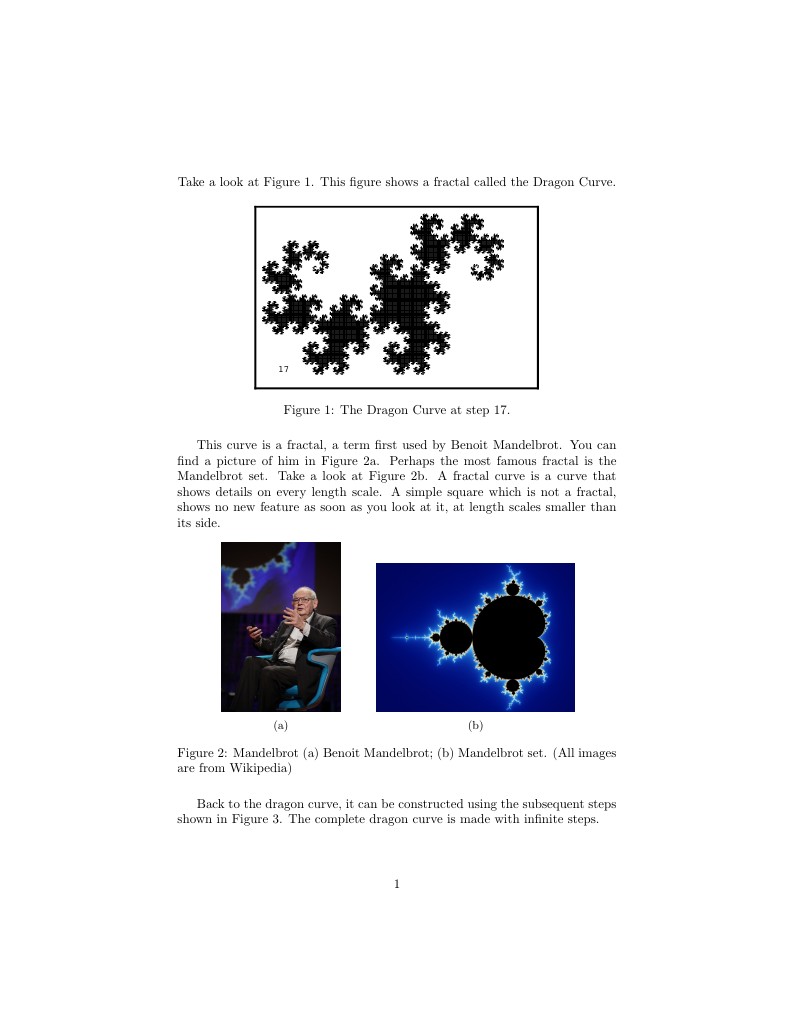
This was an assignment for a college physics course. Please let me know what you think! :)
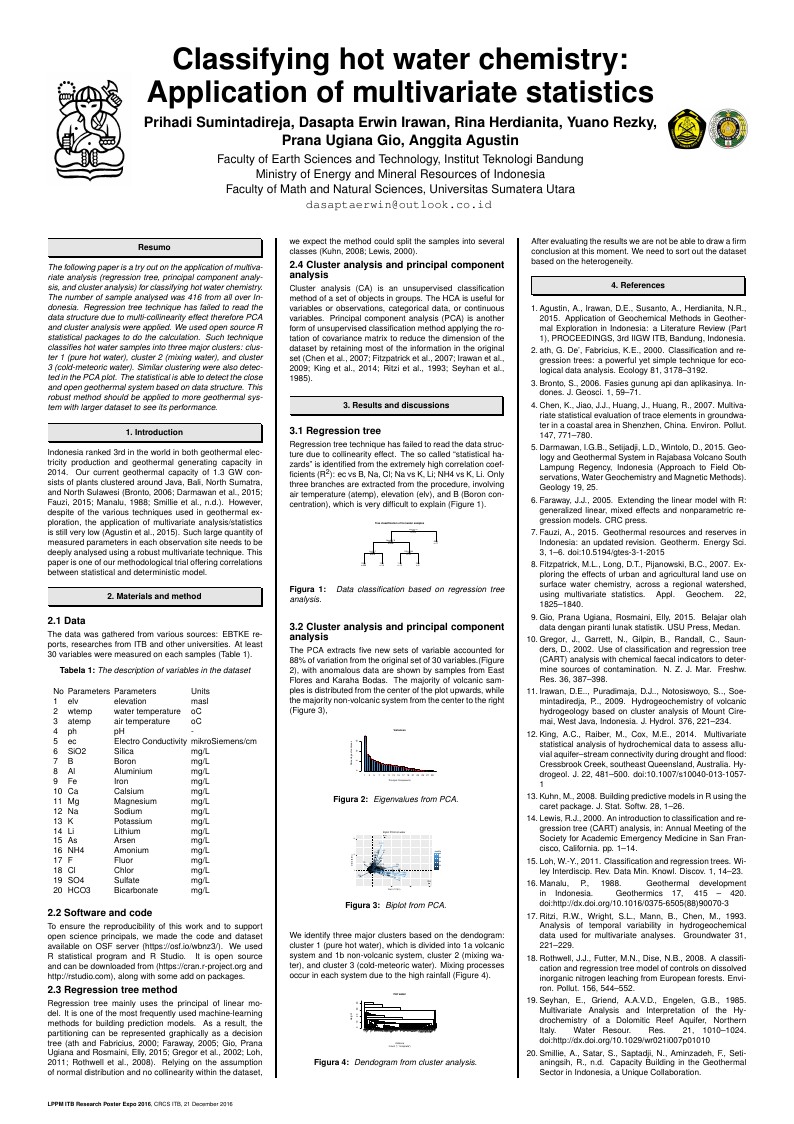
The following paper is a try out on the application of multivariate analysis (regression tree, principal component analysis, and cluster analysis) for classifying hot water chemistry. The number of sample analysed was 416 from all over Indonesia. Regression tree technique has failed to read the data structure due to multi-collinearity effect therefore PCA and cluster analysis were applied. We used open source R statistical packages to do the calculation. Such technique classifies hot water samples into three major clusters: cluster 1 (pure hot water), cluster 2 (mixing water), and cluster 3 (cold-meteoric water). Similar clustering were also detected in the PCA plot. The statistical is able to detect the close and open geothermal system based on data structure. This robust method should be applied to more geothermal system with larger dataset to see its performance.
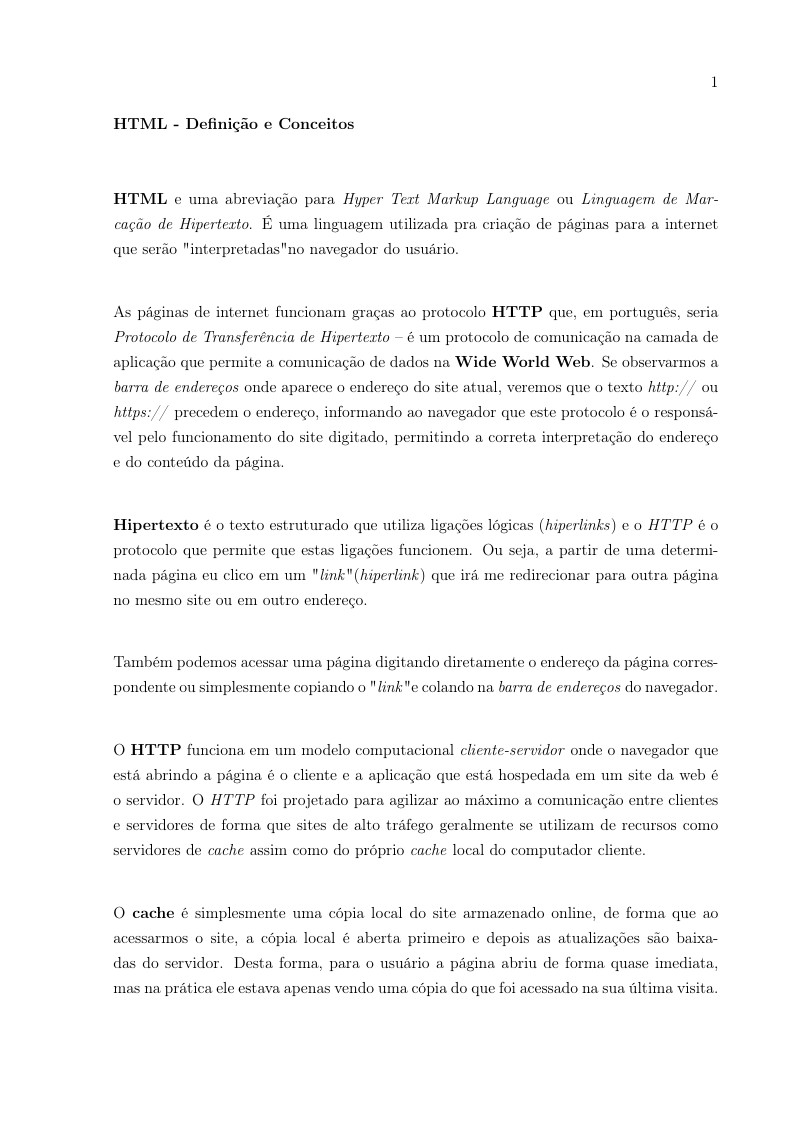
Excerpt from main dissertation
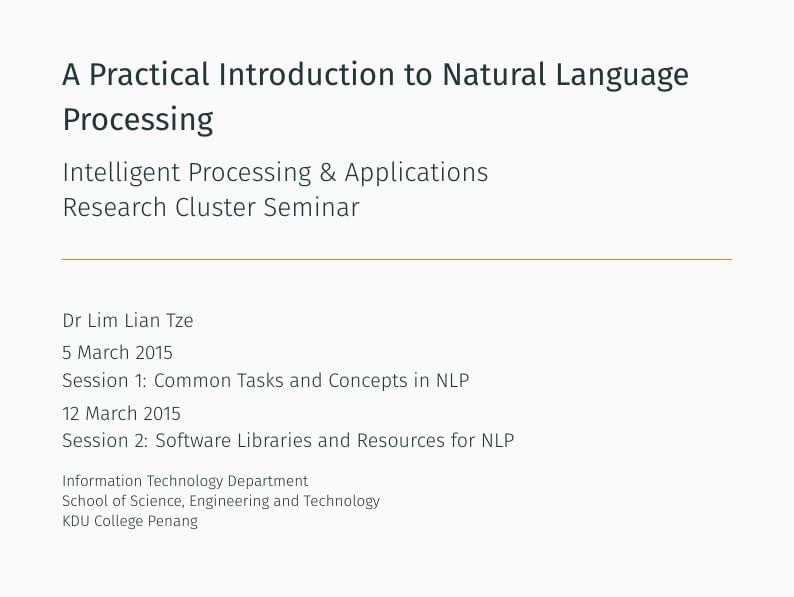
A two-day seminar on natural language processing applications and techniques, to undergraduates (diploma and bachelor programmes) at KDU College Penang, in March 2015.

Il s'agit des transparents d'une initiation à LaTeX, formation destinée aux doctorants de l'École doctorale SICMA. Elle est proposée chaque année à Télécom Bretagne (sur les sites de Brest ou de Rennes). À l'origine elle provient d'un cours que j'ai monté dans les années '90 pour l'association GUTenberg, et que j'ai donné des dizaines de fois en France et en Belgique, ces 20 dernières années. Les transparents ont bien évolué au gré des évolutions du monde TeX. Je me sers de ces transparents également pour un cours proposé aux professeurs de CPGE dans le cadre du groupe LIESSE. ATTENTION : il ne s'agit que de *transparents* de cours, ils ne sont ni exhaustifs ni suffisamment commentés pour servir à un véritable auto-apprentissage.

A simple template for homework sets.
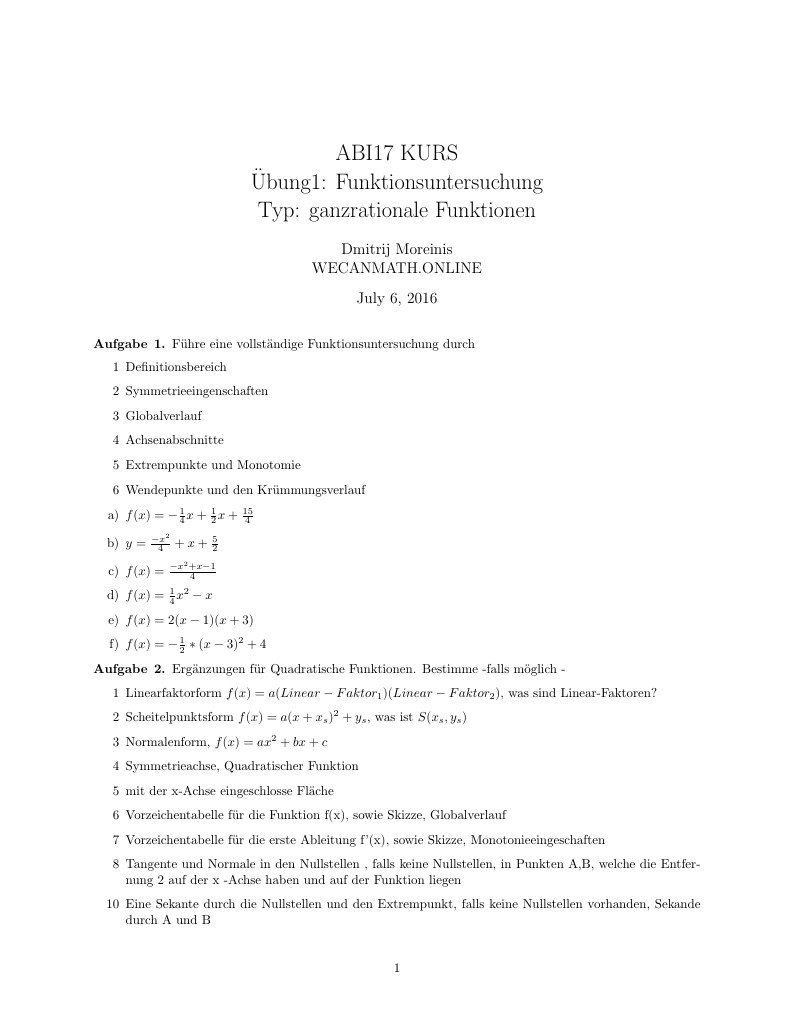
Funktionsuntersuchung, Übung 1
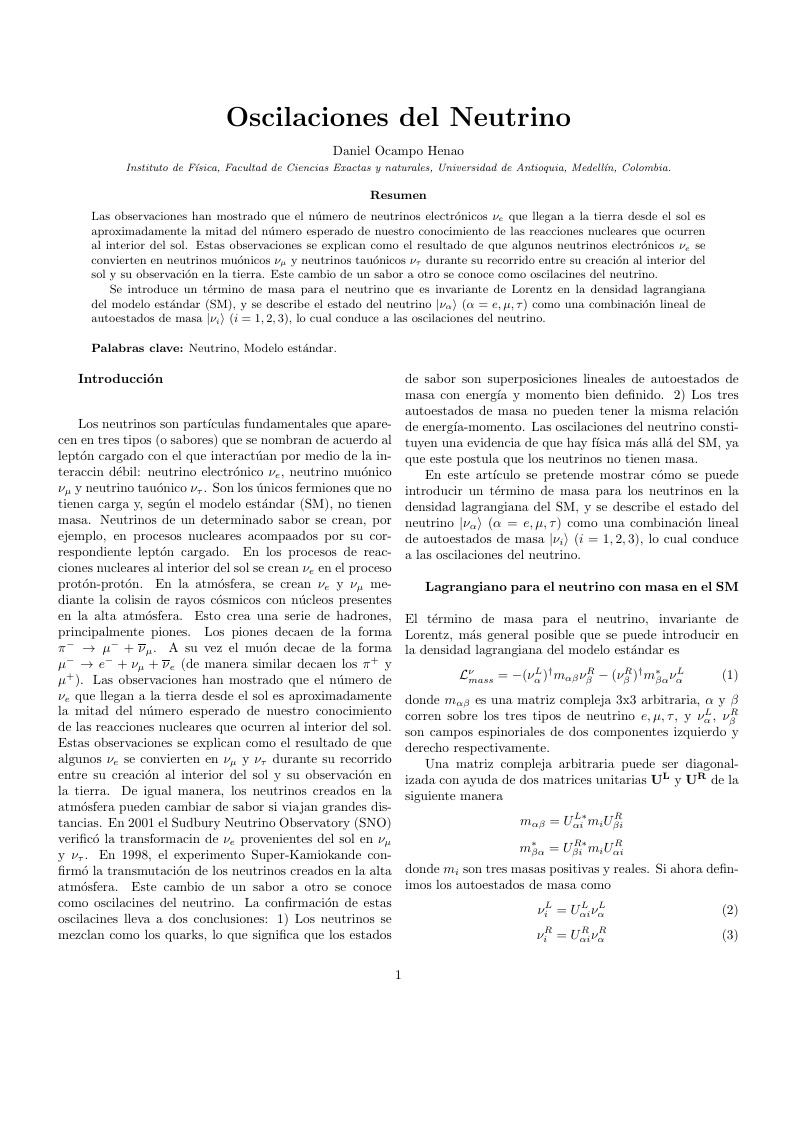
Las observaciones han mostrado que el numero de neutrinos electrónicos νe que llegan a la tierra desde el sol es aproximadamente la mitad del número esperado de nuestro conocimiento de las reacciones nucleares que ocurren al interior del sol. Estas observaciones se explican como el resultado de que algunos neutrinos electrónicos νe se convierten en neutrinos muónicos νμ y neutrinos tauónicos ντ durante su recorrido entre su creación al interior del sol y su observación en la tierra. Este cambio de un sabor a otro se conoce como oscilaciónes del neutrino. Se introduce un término de masa para el neutrino que es invariante de Lorentz en la densidad lagrangiana del modelo estándar (SM), y se describe el estado del neutrino |να⟩(α = e, μ, τ) como una combinación lineal de autoestados de masa |νi⟩ (i=1,2,3), lo cual conduce a las oscilaciones del neutrino.
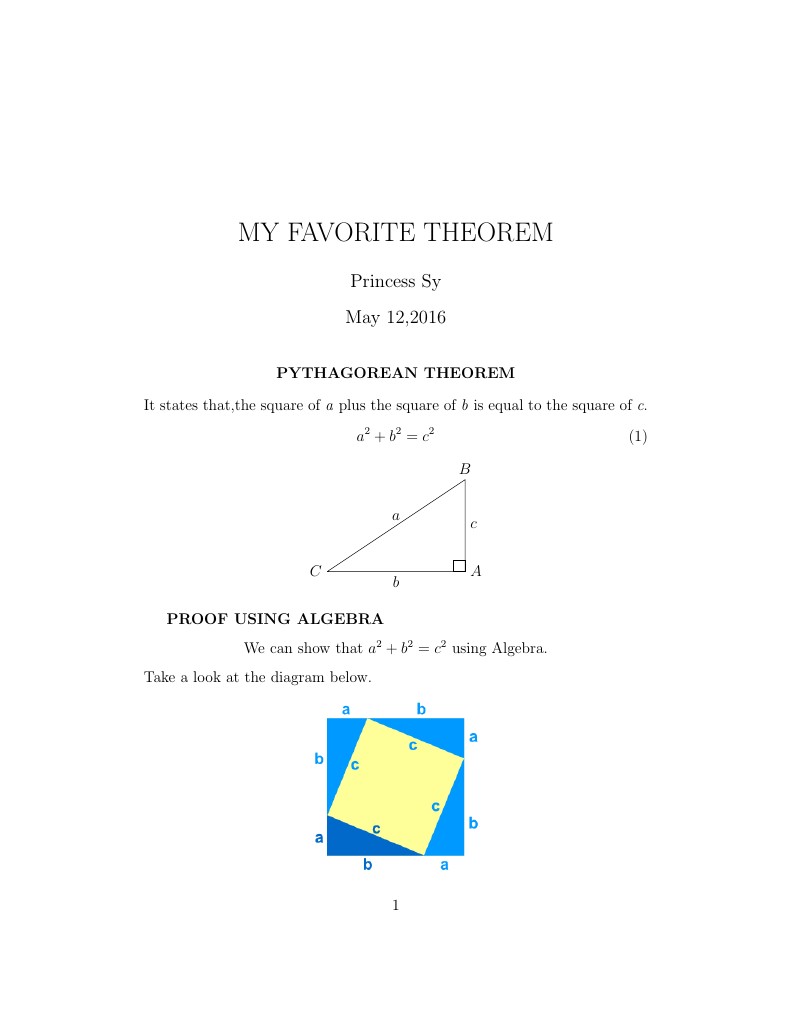
A requirement for our Math330 class.
\begin
Discover why over 20 million people worldwide trust Overleaf with their work.